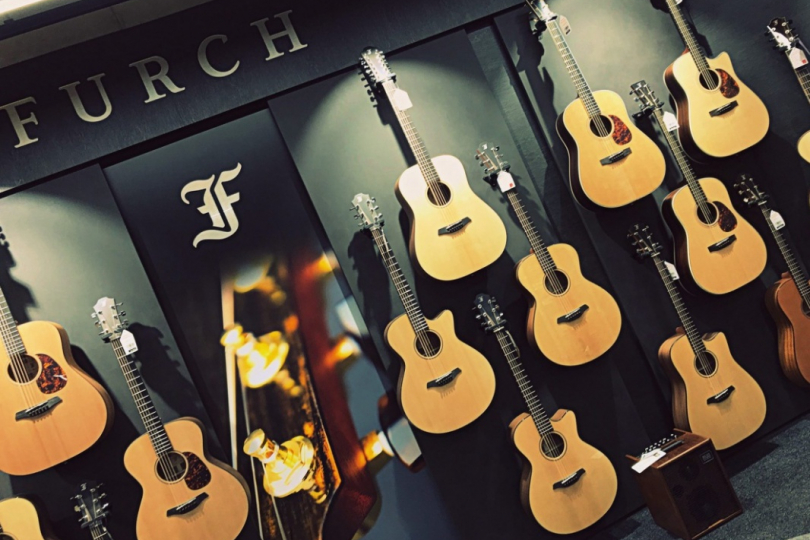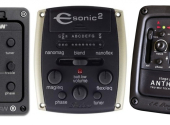
The Handbook for Electro Acoustic Guitarists, Chapter 1
The guitar is a small orchestra, Beethoven used to say. It's no great surprise, then, that the guitar is clearly the most widely used musical instrument today – because it's versatile, simple, inexpensive, and portable. No other instrument offers such great value for money.
All you need is an acoustic guitar and a few hours to learn the first three chords to start playing music (e.g. to accompany your favourite song). And that's the very essence of the guitar's irresistible charm. But let's not get into some strumming at home or for a few friends at a party that we're all familiar with. We're interested in the moment when the player decides to start playing public. In this case, we need to amplify the guitar somehow. And we're going to start struggling with technical issues.
There is a wealth of information, tutorials, schools, courses, magazines and websites available for electric guitars today. But if you try to find similar stuff about acoustic guitars, you'll find that most of the acoustic materials deal with the playing itself, with just fragmented bits of information on the amplifying gear compared to the electric guitar. This series, full of condensed information verified by years of practice, will serve to better navigate the acoustic players, uncover unnecessary dead ends, and simplify their first steps. It will help save you a lot of hassle in what is otherwise one of the easiest ways to get your music to an audience when all you have to do is stand on stage with your acoustic guitar, start playing your songs convincingly... and be heard well.
Tireless promoter Doug Young aptly sums it up in his introduction to amplified acoustics.
You'll learn about the various pickups, amps, effects and other accessories, as well as how to use them properly and avoid the usual problems because while the content of acoustic playing is simple, the format (especially for audiences larger than a few people) brings its own requirements. Indeed, two conflicting demands contend with each other all the time:
1. Sufficient and manageable volume
2. The inherent natural sound quality
I've already mentioned amplification – and although it's obvious, the actual execution of this action is not so trivial. The eternal enemy of the electroacoustic guitarist – feedback – comes into play. You can appreciate positive feedback from your fans after a gig but when on stage it manifests itself in uncontrollable humming or whistling. Which even a well-versed avant-garde alternative player cannot transform into something musical... again, unlike the electric guitar, where this phenomenon is often sought after. And hand in hand with it goes the quality of the reproduced acoustic guitar sound because there the laws of nature really play with us. And when you do manage to get a nice acoustic guitar sound, it's usually pretty hard to amplify it (without feedback lurking everywhere). Not to mention that the naturalness, fullness, dynamics and sparkle of the acoustic sound usually get a beating, unfortunately.
However, there is no need to fall into complete despair, because over time, of course, many ways have emerged to fight this adversity with dignity. Moreover, if we look at the bare minimum, the list is short. Apart from the instrument itself, you need to buy a convenient pickup – and that's pretty much it. After all, today's sound engineers are equipped enough not to let you down when treading the boards (though, of course, they'll be pleased if you, at least, bring your own cable/cord). Other things tend to make things easier and better. So it's actually quite simple, despite the long introduction full of tabloid alarmism. I'm actually going to open the door a little bit from the next episode onwards and I hope you'll be able to handle your (electroacoustic) glory later...
If you have found an error or typo in the article, please let us know by e-mail info@insounder.org.


